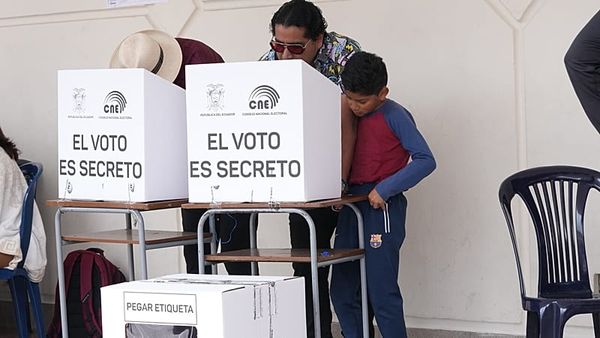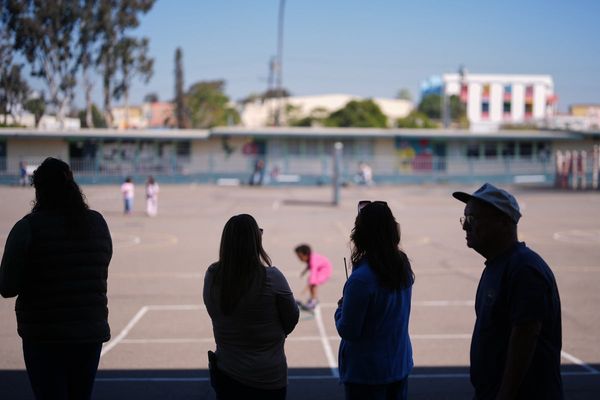
In the high desert of Santa Fe, the air feels different. It’s thinner, yes, but there’s something else too. A kind of stillness. Space. Presence.
Recently, that quiet was interrupted in the best possible way.
That atmosphere set the stage for a rare gathering: an exclusive tennis exhibition featuring legends like Andre Agassi, Steffi Graf, John Isner, Sam Querrey, and a select group of rising performance leaders, including Jonathan Di Pierro, the former ITF Top-30 pro known for his neuroscience-based approach to mental mastery in tennis.
He didn’t come to win. He came to connect.
When the Spotlight Isn’t the Point
This wasn’t a tournament. There were no trophies. But the Santa Fe exhibition offered something rare: closeness.
Fans gathered not just to watch top-level tennis, but to feel part of it. Rallies sparked applause, not scorekeeping. Conversations started between points. The court became less of a battleground and more of a meeting place.
And Jonathan Di Pierro stood out not through showmanship, but through attention. He wasn’t there to dominate the court. He was there to notice what others might miss.
Often, the most impactful person in the room is the one who helps others stay in it.
A Game Built on Depth
Di Pierro’s tennis journey didn’t begin with neuroscience. It started with sweat.
He rose through the ranks to become Mexico’s No. 1 player in both singles and doubles. He reached a world ranking of No. 29 in ITF doubles and No. 51 in singles. But even at his peak, something kept nagging him.
“I started noticing it wasn’t the most technically perfect players who won,” he’s said. “It was the ones who could stay clear under pressure.”
That idea followed him off the court.
Instead of chasing more titles, he pursued an understanding of the mind, of performance, and of what truly separates good players from great ones when tension rises. His path led him into neuroscience, performance psychology, and the study of focus mechanics.
Today, he coaches ATP hopefuls, advanced juniors, and adult competitors not only on how to hit the ball, but also on how to think strategically.
Conversations with Legends
Over the course of the weekend, Di Pierro shared court time and conversation with some of tennis’s most influential figures. In a candid exchange with Andre Agassi, the topic turned to emotional regulation under pressure, how even the greats had to rewire their reactions to survive the mental demands of the sport.
Steffi Graf echoed that sentiment, highlighting the power of routine and rhythm between points. At the same time, John Isner and Sam Querrey reflected on the psychological edge needed to thrive in tie-break-heavy matches.
“You realize,” Di Pierro said later, “that greatness isn’t just skill. It’s what happens when the mind stays clear at the edge of chaos.”
These weren’t interviews. They shared insights between competitors who understand what pressure really feels like.
Santa Fe, Seen Differently
In Santa Fe, Di Pierro played his part in the rallies. But where he truly showed up was in the space between.
Between matches, he was often courtside with younger players, discussing their routines, body language, and recovery techniques. You’d catch glimpses of it: a subtle hand gesture mimicking a breathing cue, a quick foot adjustment, a question asked instead of advice offered.
One conversation drifted toward how to reset after a mistake. “It’s not about forgetting the error,” he told one player. “It’s about responding with something useful.”
There were no whiteboards or lectures. Just moments. Observed. Shared.
The Power of Small Moments
Late in the day, during a laid-back mixed-doubles rally, a local player shanked a return and frowned. The match didn’t matter. But the tension did. Di Pierro caught it, stepped forward with a quiet smile and a bit of banter, and the energy softened just like that.
That’s the kind of leadership that isn’t taught. It’s felt.
And it reflects the core of his next project: The Tennis Mind Academy, a platform designed to help players train focus, resilience, and recovery using science-backed, tennis-specific methods. The goal isn’t to overload athletes with more routines. It’s to help them see clearly within themselves.
What the Crowd Took Home
If tennis has a language beyond footwork and angles, Santa Fe spoke it.
It reminded players and fans that excellence doesn’t always look like aggression or intensity. Sometimes it seems like someone is grounding a moment with nothing more than presence.
That’s Di Pierro’s lane, not just coaching mechanics, but showing players how to pause. To reset. To return to themselves after a double fault or a missed chance.
He helps reframe performance not as perfection, but as presence.
And in a sport so often measured by margins, that kind of clarity is rare.
What Stuck with People
Here’s what people seemed to take away from the event, not as formal lessons, but as quiet realizations:
- Focus isn’t automatic. It’s trained. Di Pierro helps players build it into their game not through slogans, but through structured attention work and recovery cues.
- Leadership doesn’t need volume. Sometimes the most respected voice is the one that doesn’t try to steal the spotlight.
- Mental clarity makes tennis sustainable. The players who last aren’t always the most powerful; they’re often the most emotionally adaptable.
Perhaps the biggest takeaway was this: mastery doesn’t always manifest as control. Sometimes it shows up as calm.
The Invisible Edge
What separated the Santa Fe exhibition wasn’t the pace of the rallies; it was the energy between them. Di Pierro’s work lives in that space: the emotional regulation between points, the ability to stay open under pressure.
It’s the part of the game that’s hardest to measure but clearest to feel. For players tuned into that layer, the court becomes more than a surface; it becomes a space to grow.
A Different Kind of Greatness
There was no trophy ceremony at the end. No winner announced. But the Santa Fe exhibition offered something more enduring than hardware: a glimpse at what tennis can look like when ego steps aside and intention takes the lead.
Jonathan Di Pierro didn’t come to Santa Fe to prove anything. He came to be part of something. And in doing so, he reminded people, players, coaches, and fans that the most lasting impact happens not during the point, but just after it.
The silence after a missed shot. The breath before a serve. The way you carry your mindset across moments.
That’s where the game lives.
Want to explore what it means to train your mind like your forehand?
Keep an eye out for the upcoming Tennis Mind Academy, where Jonathan Di Pierro combines neuroscience, performance psychology, and competitive clarity into a single, integrated platform.
Because the future of tennis belongs to those who know: the mind always wins.
To explore Jonathan’s neuroscience-based approach to tennis coaching and mental performance: jonathandipierro.com and LinkedIn profile
His full résumé, Tennis Mind Academy program, and book will be available upon launch.
About the Author
Marco Leighton is a sports culture writer and performance-focused storyteller with a background in cognitive science and competitive athletics. His work explores the psychology behind high-stakes performance, often focusing on the subtle moments that define an athlete’s presence and resilience. Marco has contributed to international publications covering tennis, mindset training, and the evolution of coaching philosophies. When he’s not courtside or in conversation with elite athletes, he’s reading game theory or hiking remote trails in search of stillness, the kind that shows up just before the serve.











